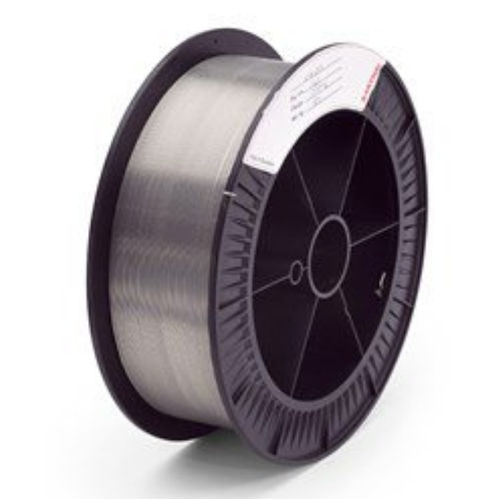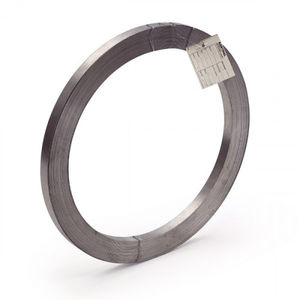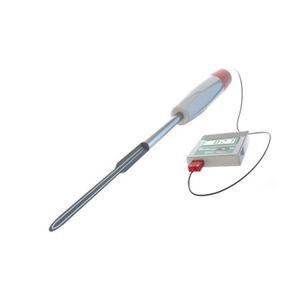
Heating cable Kanthal® series


Add to favorites
Compare this product
Characteristics
- Working temperature
Min.: 300 °C
(572 °F)Max.: 1,425 °C
(2,597 °F)
Description
Thermal spray wire in a wide range of alloys for high-temperature corrosion protection, bonding layers, build-up coating and sealing.
Spray wire alloys
The Kanthal® program of spray wire includes the following types of alloys:
FeCrAl and FeCrAlY alloys
NiCr and NiCrFe alloys
NiAl alloys
NiFe alloys
CuNi alloys
Sizes
Standard sizes are 1.20, 1.60 and 2.00 mm (0.0472, 0.0693 and 0.0787 inch). Other sizes can be offered on request. The standard delivery form is tight wound on SD 300K spools.
Typical applications
Kanthal® thermal spraying wire is used in a variety of applications, such as:
High-temperature oxidation protection used, for example, to resist gases in boiler atmospheres
Coatings to resist heat and prevent scaling of conventional low alloy steels
Bond coats for improving the adhesion of top coatings
Coatings on moulds in the glass industry
Safety
Personnel working with thermal spraying should be aware of the hazards connected to the process. They should be familiar with the use of protection equipment for eyes, skin, hearing, respiratory system etc. Personnel should be familiar with safety regulations regarding the complete process, including spraying and the spray equipment used.
This product contains elements, which in certain combinations may be dangerous to your health. We provide Material Safety Data Sheets (MSDS) for this product, which should be read and understood before using the material.
Not following these instructions may be a danger to your health.
Catalogs
No catalogs are available for this product.
See all of Kanthal‘s catalogsRelated Searches
- Resistance heater
- Heater
- Gas heater
- Air heater
- Electric heater
- Tubular resistance heater
- Heating cable
- Flat resistance heater
- Ceramic resistance heater
- Flexible resistance heater
- Industrial resistance heater
- Compact resistance heater
- Stainless steel resistance heater
- Compact heater
- Silicone resistance heater
- Heating tape
- Radiant heater
- Custom heater
- Heating element for medical applications
- Ceramic fiber heating element
*Prices are pre-tax. They exclude delivery charges and customs duties and do not include additional charges for installation or activation options. Prices are indicative only and may vary by country, with changes to the cost of raw materials and exchange rates.



